How Foraging for Mushrooms Taught Me Patience
11 min read A personal journey exploring nature's patience through mushroom foraging and the culinary lessons it imparts. July 23, 2025 03:05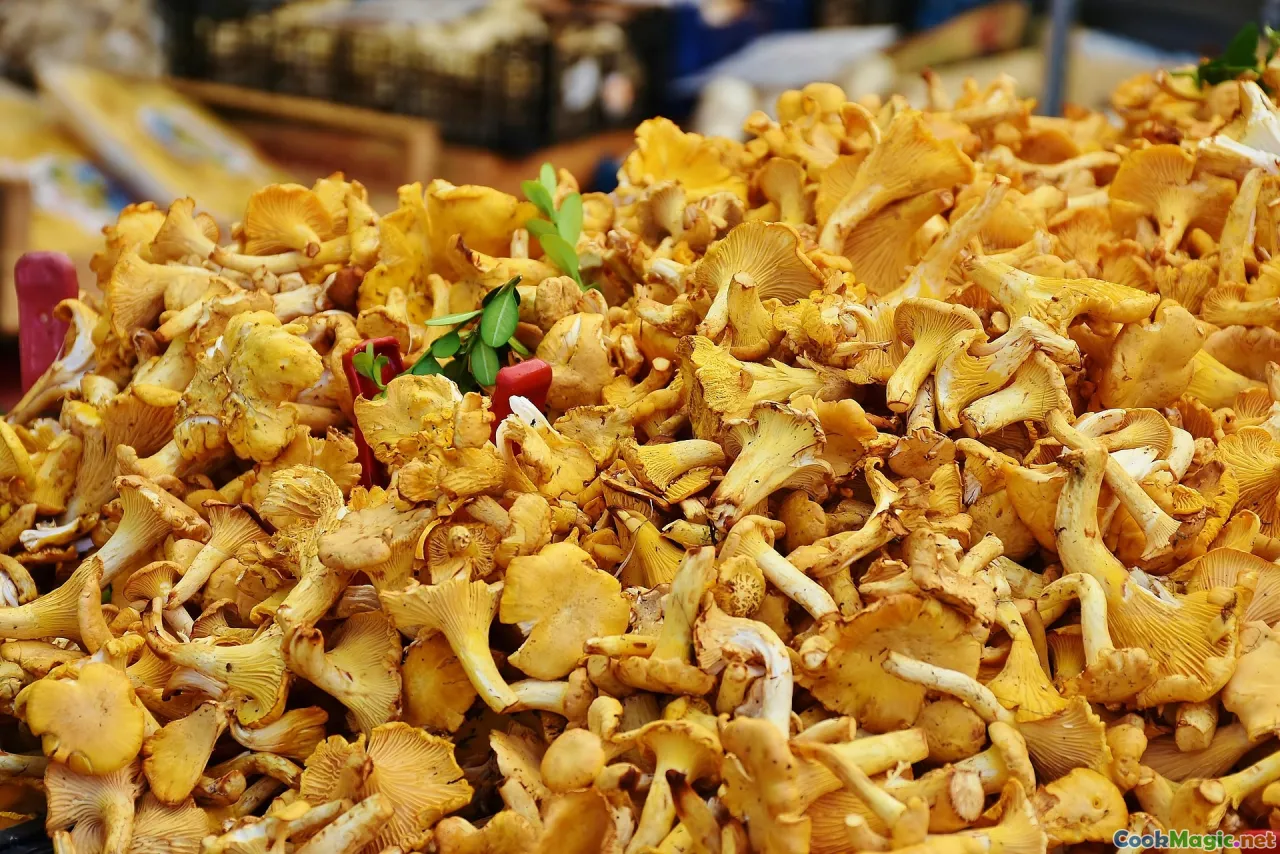
How Foraging for Mushrooms Taught Me Patience
There’s a certain quiet magic that settles over a forest at dawn, an unspoken invitation to slow down, observe, and listen. My journey into foraging mushrooms began like many culinary adventures—by necessity, curiosity, and a desire to connect more deeply with the natural world. But what I found along the way was something surprisingly greater than just delicious ingredients; I discovered a lesson in patience that transformed my relationship with food, with nature, and with myself.
The First Steps: A Hands-On Education in the Forest
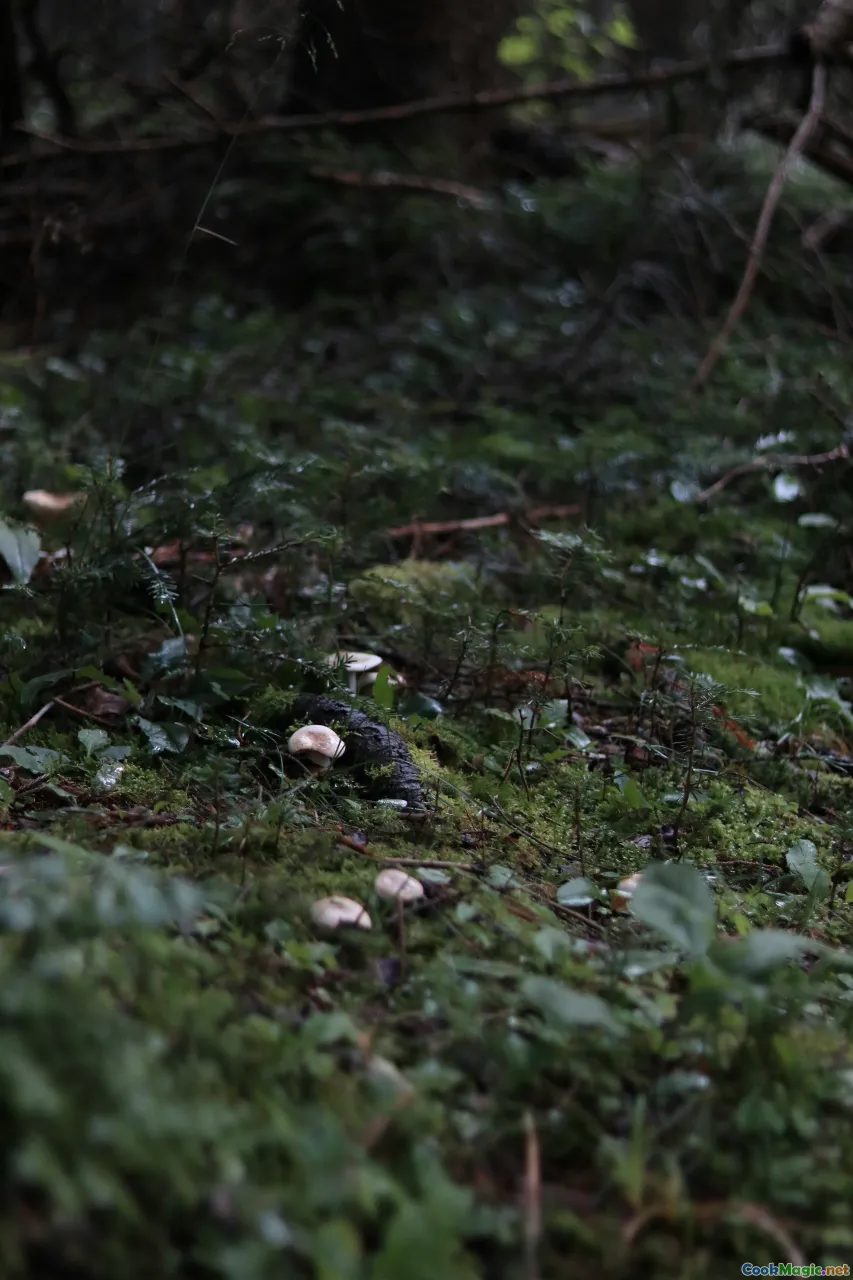
My first mushroom foraging outing was less a calculated culinary expedition and more a nervous venture into the unknown. I remember standing at the edge of a dense, dew-drenched spruce forest, clutching an old basket and a guidebook. The air smelled earthy—rich with decomposing leaves, spring’s damp promise, and a hint of woodland fungi waiting just beneath the surface.
The initial thrill was rooted in curiosity. Yet, as I stepped softly amongst the trees, I quickly realized that mushroom foraging is an art rooted in patience and meticulous observation. I spent hours kneeling on moss-laden ground, eyes scanning for the telltale white, brown, or rarely, orange caps peeking through leaf litter. My mind was eager, but my body was learning stillness.
Cultivating Patience Through Detail and Discipline
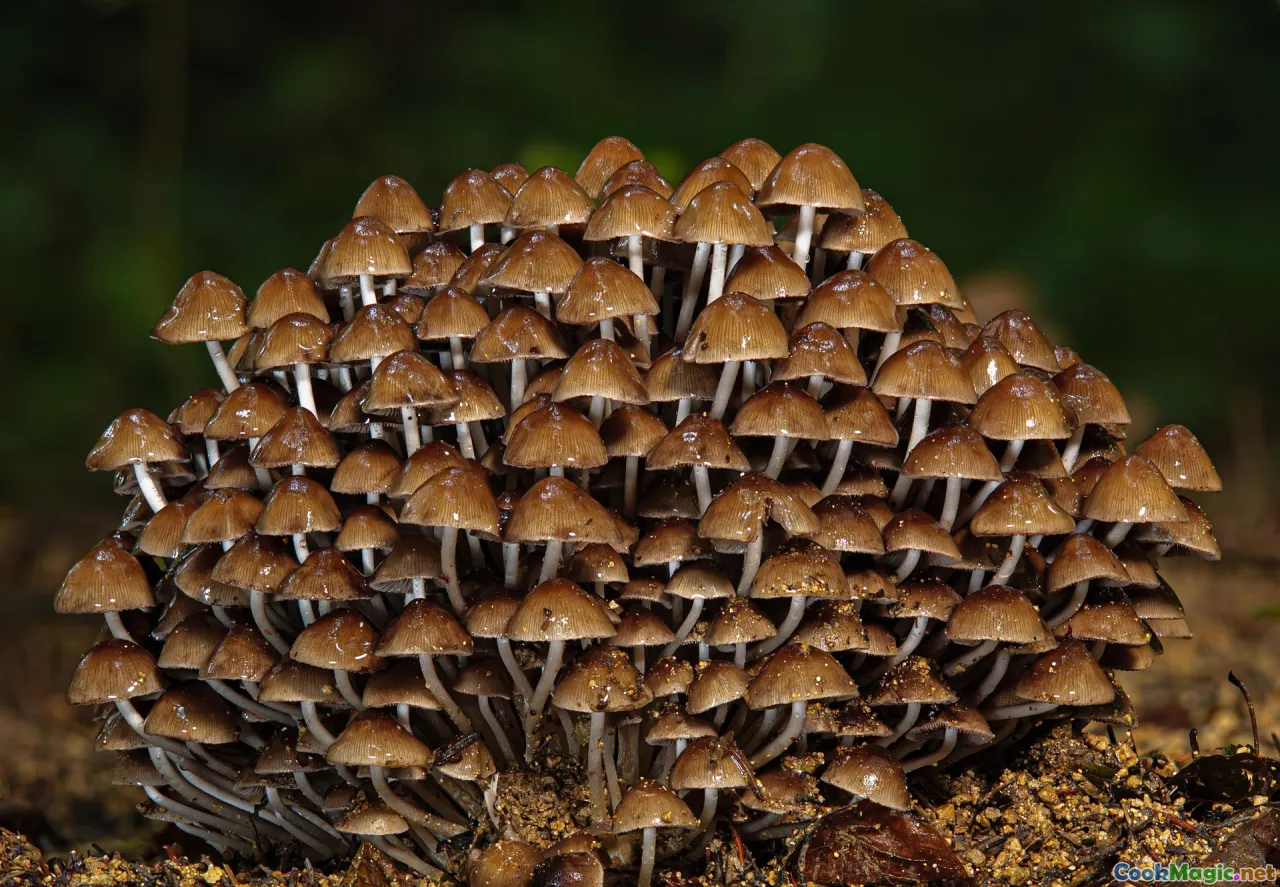
Unlike the quick gratification of buying mushrooms at the market, foraging demands a deliberate calm. Every mushroom I attempted to identify required cross-referencing with my guide and inspecting its features: gills or pores underneath, stalk texture, color variations, the brightness of the cap, whether the ring or veil remains. This level of scrutiny delayed my harvest but heightened my awareness.
One particularly memorable day, I came upon a cluster of shiny, violet-gray boletes nestled beneath a dense pine. I knew from my reading that only a few species are truly edible, and even fewer are worth collecting at all. I spent nearly thirty minutes checking, double-checking, and cross-referencing. I learned that patience wasn’t just a virtue—it was the essential—perhaps only—way to forage safely. That cautious approach eventually turned a mere handful of specimens into a dish of sautéed chanterelles, their honeyed aroma filling my kitchen with warmth.
The Emotional Depths of Foraging
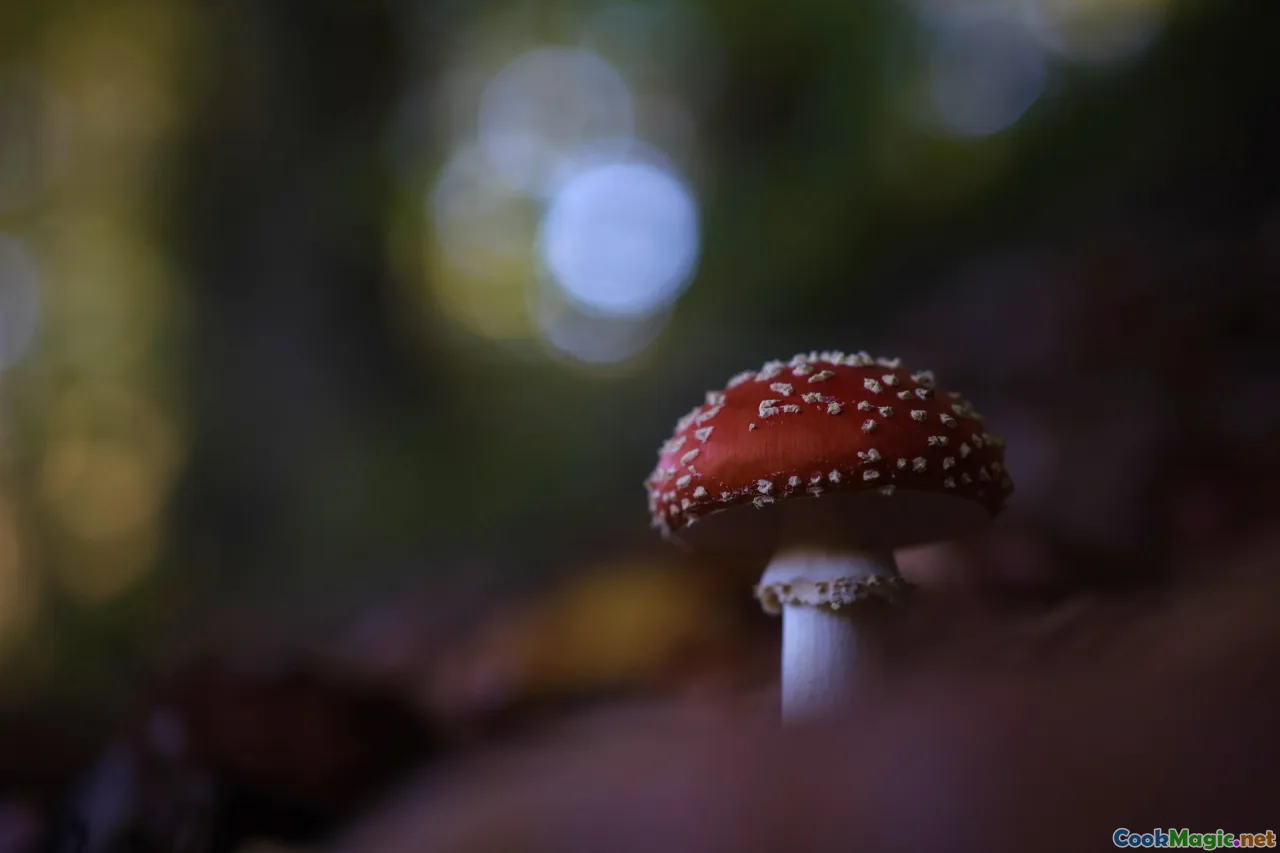
Gathering wild mushrooms is more than a task; it’s a meditation in patience and mindfulness. Standing still amidst towering trees, I discovered the subtle rhythms of the forest—the rustling of squirrels, the distant call of woodpeckers, the delicate buzz of springtime insects. I learned to listen, not just with my ears but with my heart.
The anticipation built as I patiently searched for that elusive, perfect mushroom. When I finally spotted it—an exquisite, plump porcini emerging from a bed of moss—it felt like a rare treasure. There was an emotional release in that moment—a quiet pride, a humble acknowledgment that patience had rewarded me. Each foraged mushroom became a story, a memory carved out of patience and perseverance.
Connecting Through Tradition and Culture
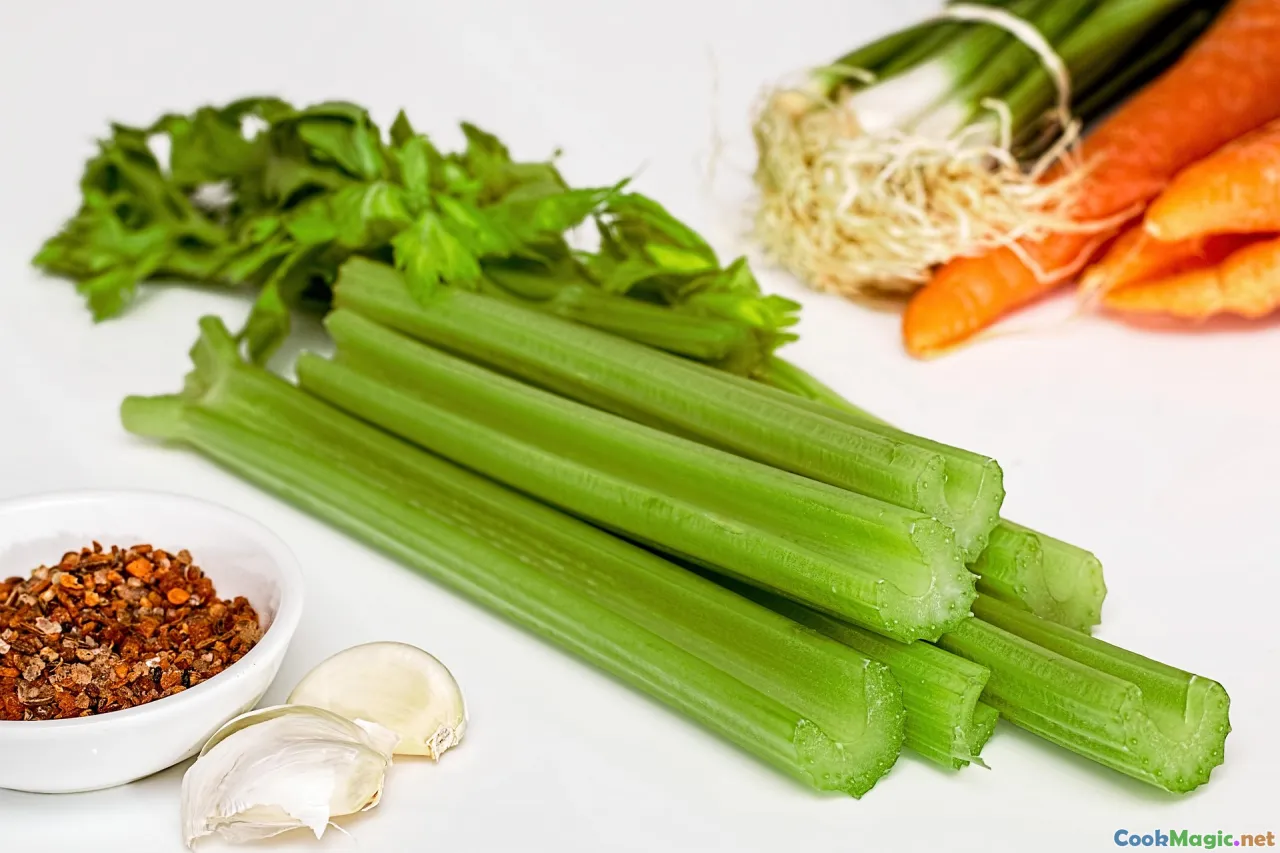
Across cultures, foraging and mushroom hunting have long served as rites of passage, communal traditions, and culinary treasures. In Italy, porcini picking is often a family affair, with generations passing down knowledge and patience as they traverse alpine forests in the early morning light. In Japan, ‘matsutake’ harvesting involves intricate knowledge, rituals, and an unwavering patience to wait for the right season.
My own experience echoes these traditions. I once teamed up with elders in a small, rural community who patiently showed me how to spot matsutake under autumn’s crimson canopy. They taught me to read the subtle signs—contours of the forest floor, the scent of the soil. It’s a dance of respect, patience, and tradition—that single mushroom, carefully chosen, can anchor a family meal roasted simply with soy and ginger, embodying generations of culinary patience.
Lessons in Passion and Precision
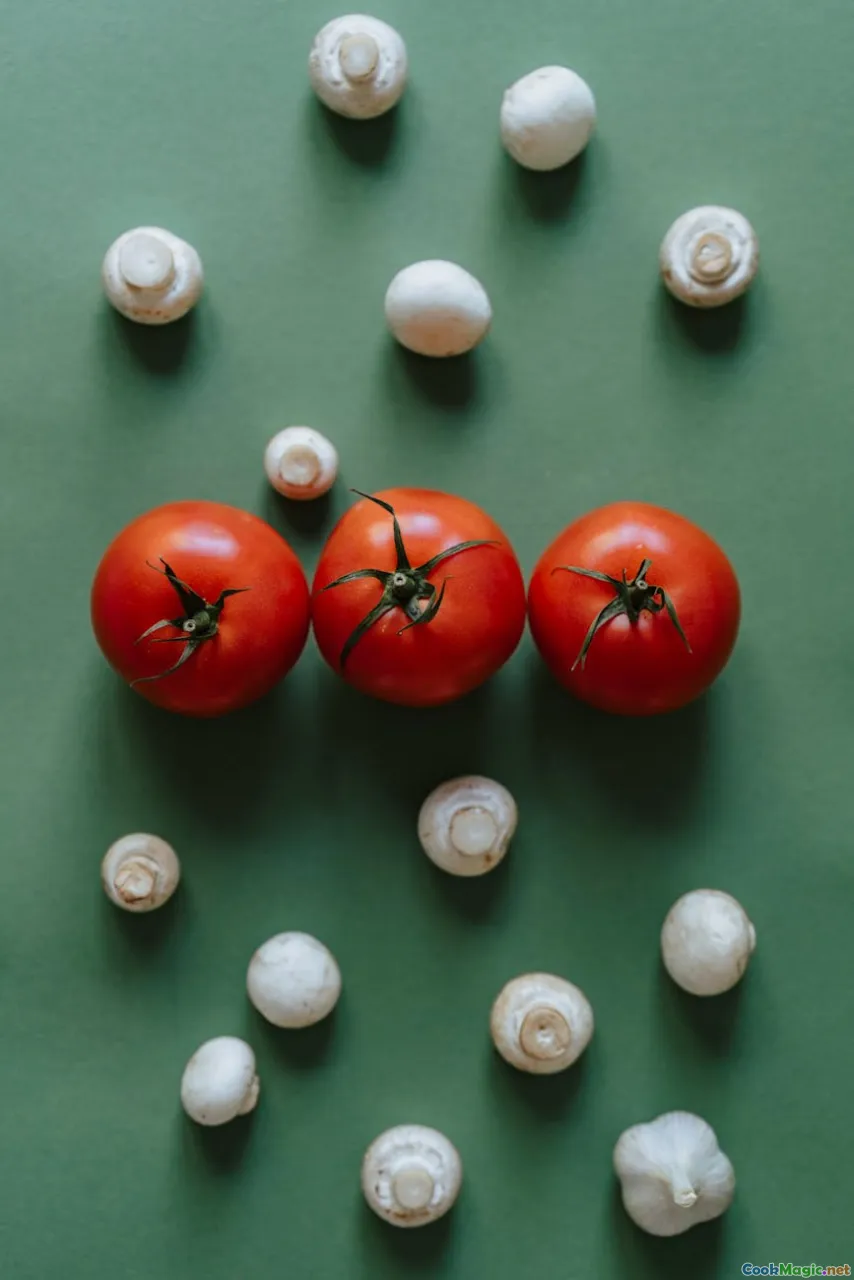
The more I foraged, the more I appreciated that patience in gathering must be complemented by patience in preparation. A successful mushroom dish isn’t born from haste. It’s about waiting for the perfect timing—when the mushrooms are at their absolute freshness, when they’ve dried just enough, or when your pan is at the right heat.
I remember a weekend spent hunting for morels in a decaying orchard, and then patiently cleaning each with a soft brush, knowing that dirt and grit could mask their delicate pores. I seasoned my risotto with a handful of wildmorel mushrooms, their earthy complexity adding depth. It was a symphony of textures and flavors achieved through meticulous care and patience.
Embracing the Uncertainty and Imperfection

In the wild, not every outing yields a bounty, and that’s part of the lesson in patience. Some days, the woods remain silent, and my basket is empty. Yet within those empty moments is an important understanding—patience accepts uncertainty, teaches humility, and fosters resilience.
On one such day, I spent hours scouring for chanterelles, only to find nothing but a few tiny, overlooked specimens. Rather than feeling disappointed, I took time to observe the forest’s subtle changes—the shift of light, the falling leaves, the faint hum of fall. Each trip became a practice in patience—the recognition that patience itself is a reward.
The Personal Transformation: A Logger’s Lesson Turned Culinary Insight
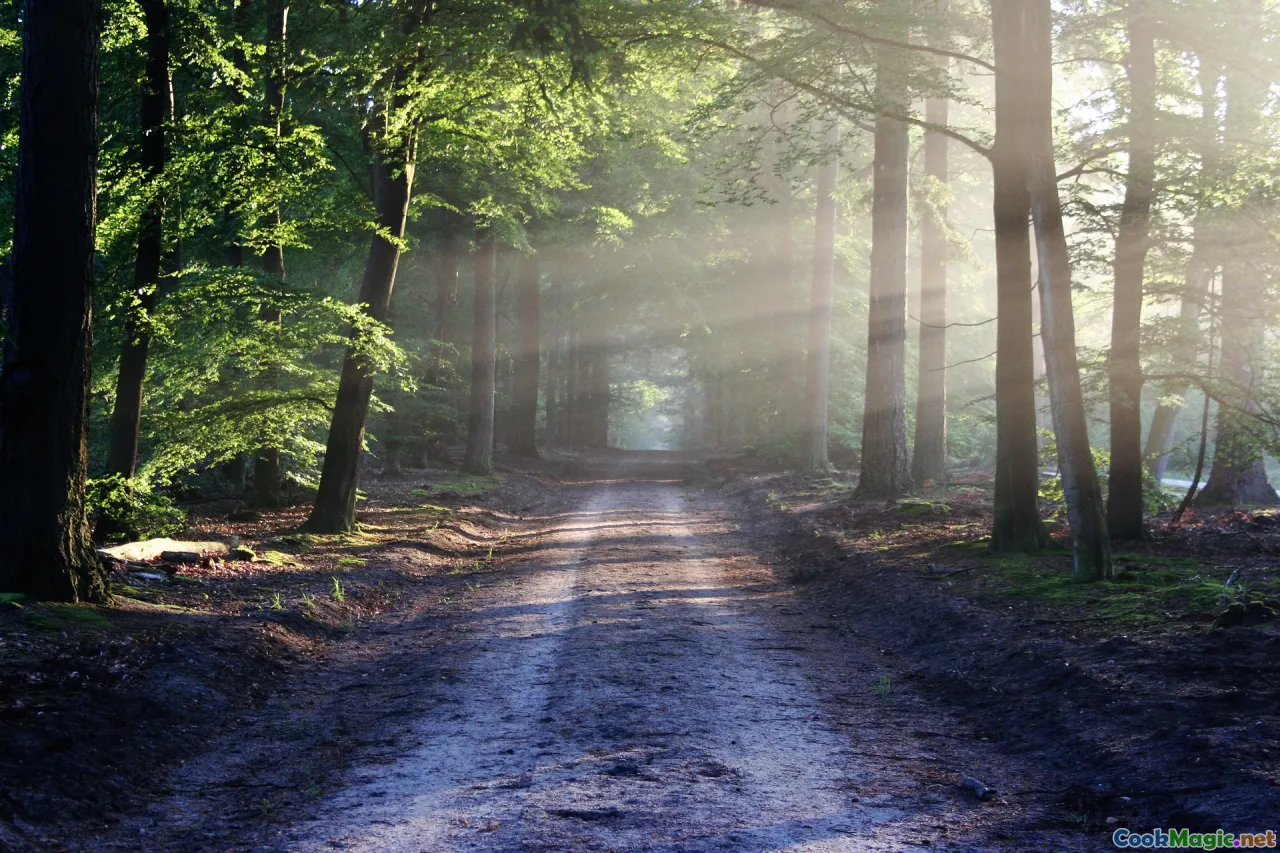
Years into my foraging journey, I reflected on how this patience spilled over into my everyday cooking. Cooking, like foraging, became an act of trust and perseverance. Whether it was waiting for a sourdough starter to mature or letting a broth simmer for hours to deepen its flavor, I learned that good things take time.
One crisp autumn evening, I prepared a mushroom ragù with dried foraged porcini, layering flavors slowly and patiently. The rich, savory aroma filling the kitchen was a testament not only to the ingredients but also to the patience I’d cultivated. Foraging had taught me that good food, much like good life, isn’t rushed; it’s crafted slowly, lovingly, through attention and time.
A Quiet Call to Practice Patience
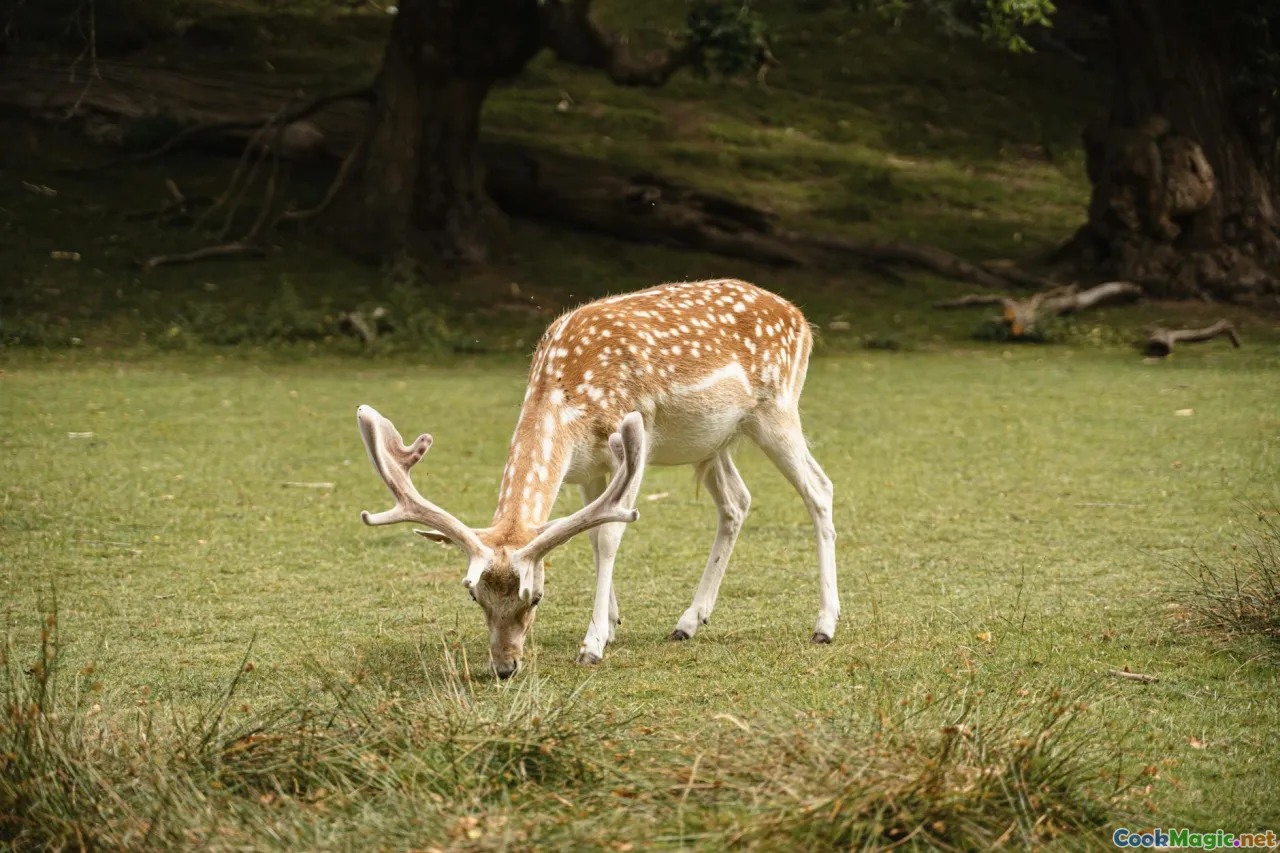
My foraging adventures continue to be a sanctuary of patience—a gentle reminder to slow down in a fast-paced world. The forest teaches us that patience isn’t passive resignation but active engagement—listening, waiting, and respecting the rhythm of nature.
As I walk beneath the trees, I carry with me the understanding that time fosters trust—a trust that the mushrooms will appear when they’re ready, that the flavors develop with care, and that the most profound lessons in patience aren’t just about food but about life itself.
In the end, foraging for mushrooms may have started as a quest for culinary ingredients, but it has become a meditation in patience—a testament to the quiet power of waiting, observing, and trusting that nature’s bounty reveals itself when we are willing to be still.
—
Food is a journey—and sometimes, it’s in the quiet moments of patience that the most flavorful stories are born.









